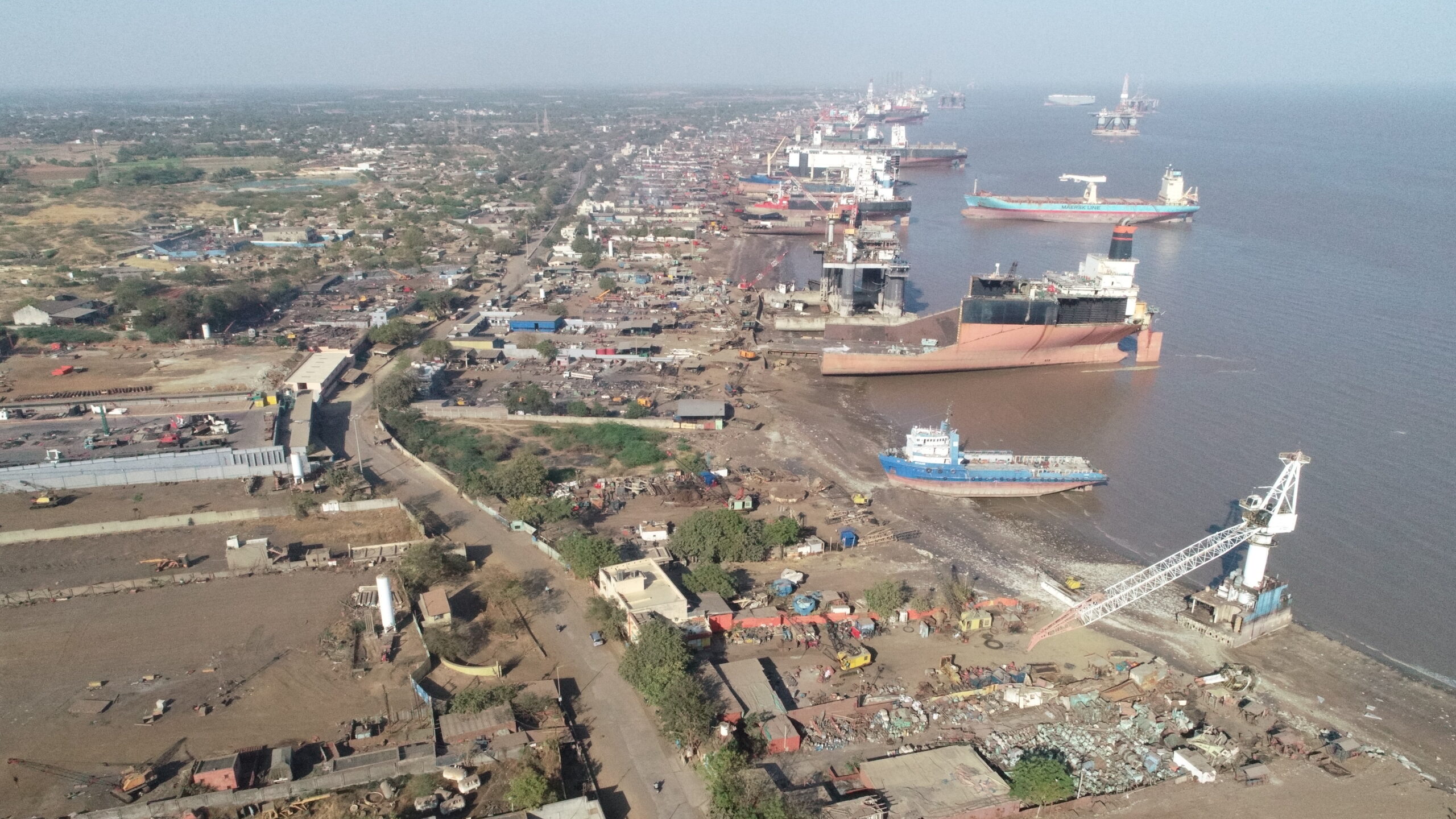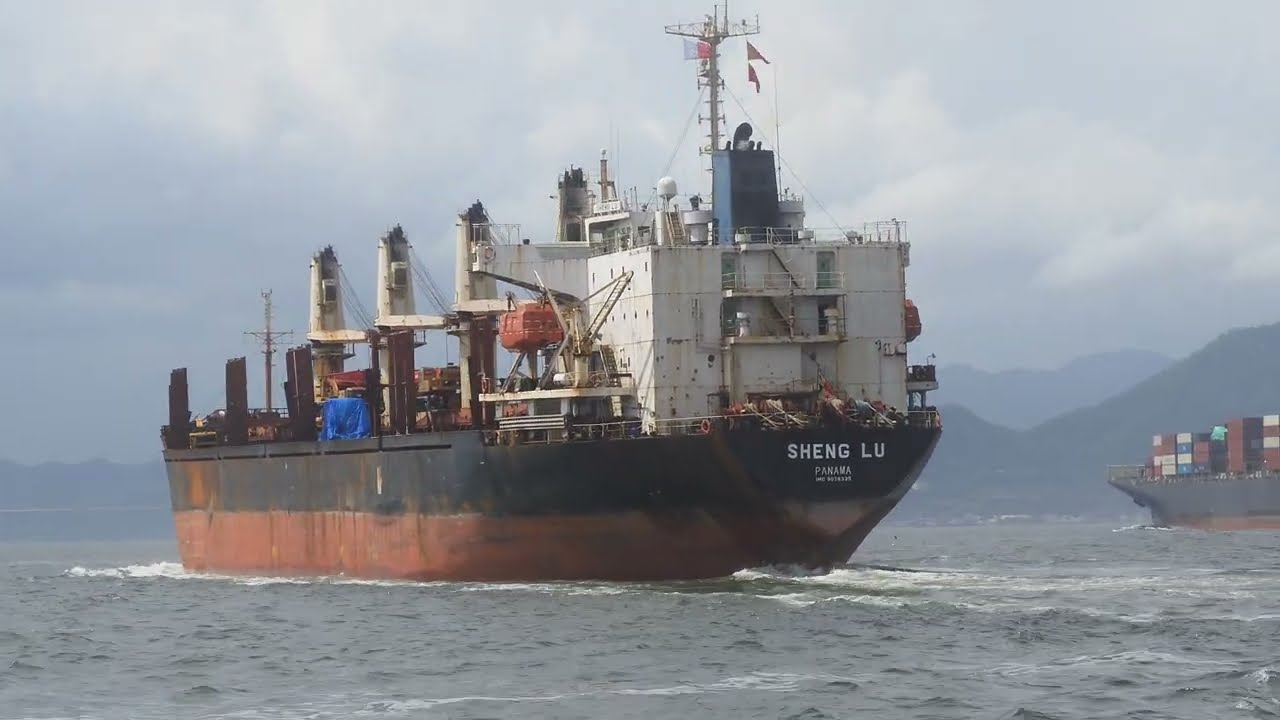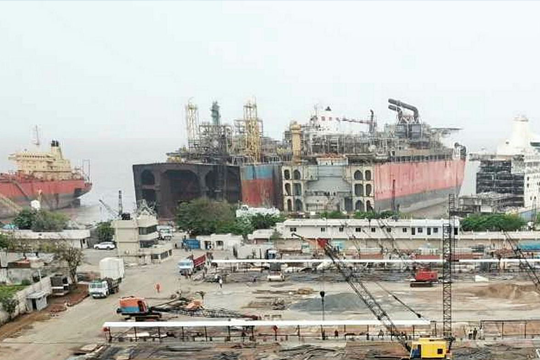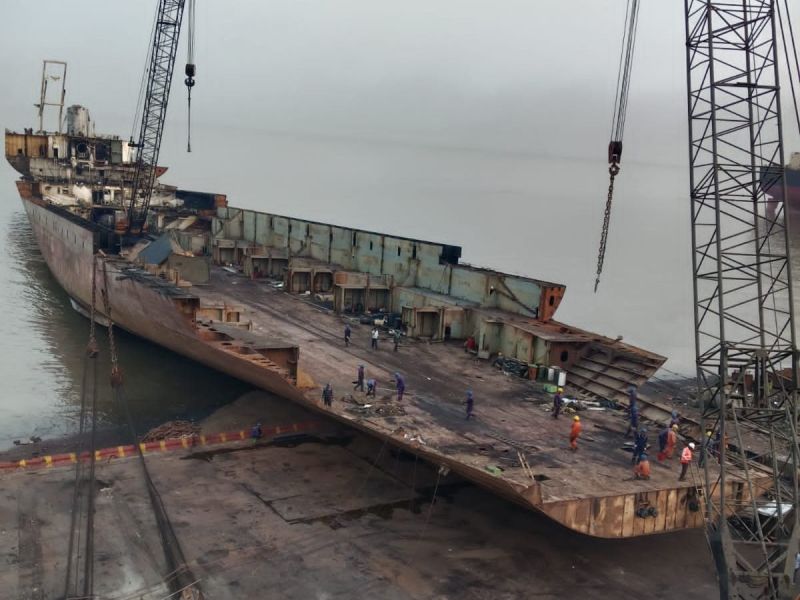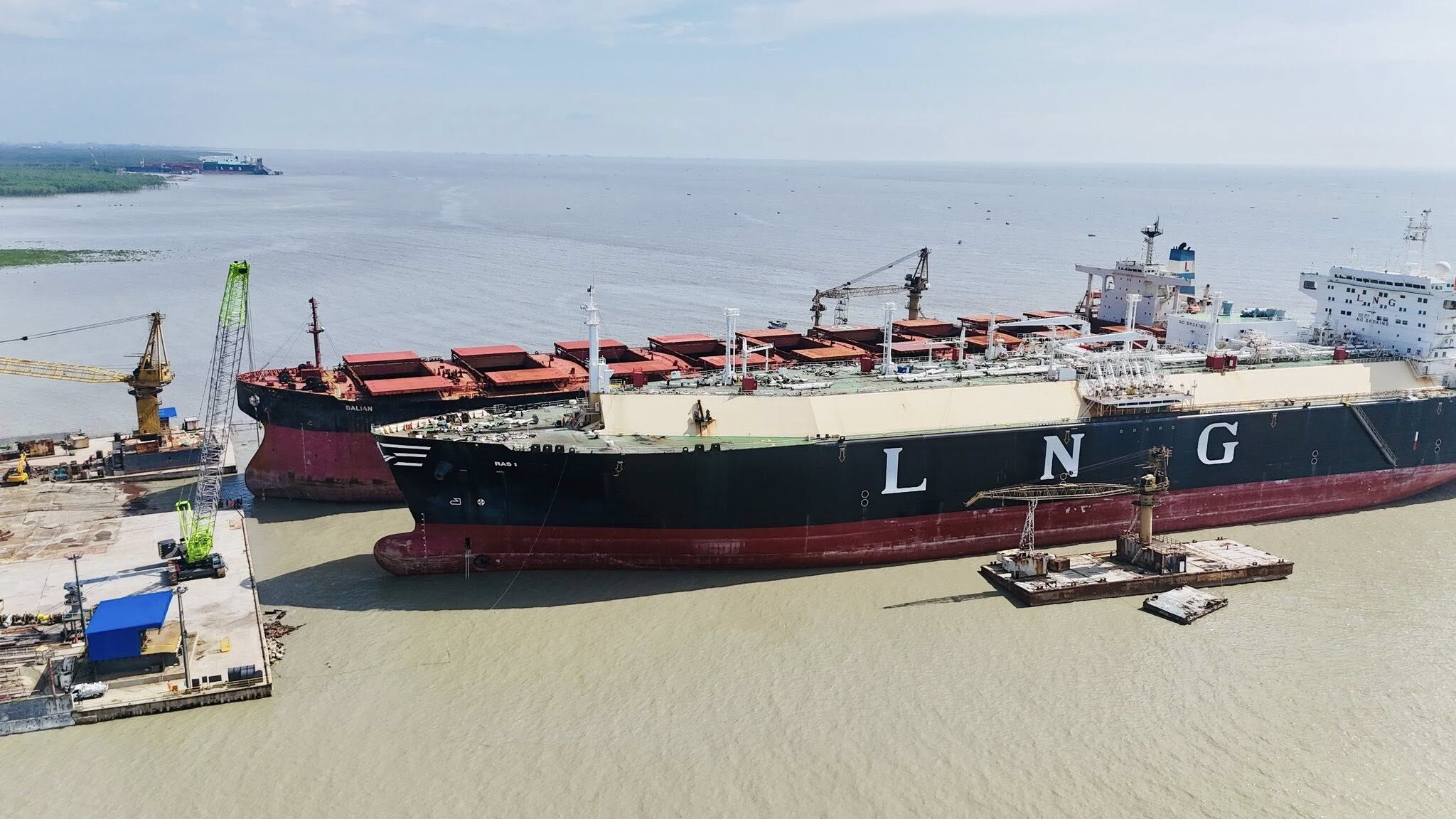The Houthi Conflict in the Red Sea: Navigating the Disputed Sea Route and Exploring Alternatives

The Red Sea, a critical maritime corridor connecting the Indian Ocean to the Mediterranean via the Suez Canal, has become increasingly perilous due to the ongoing conflict involving the Houthi rebels in Yemen. This conflict, which has already devastated Yemen and caused significant humanitarian suffering, is now threatening one of the world’s most vital sea routes. The strategic significance of the Red Sea, coupled with the instability in the region, has raised questions about the future of global trade routes and the potential alternatives to this crucial waterway.
The Red Sea: A Vital Maritime Corridor
The Red Sea is not just a body of water; it is a lifeline for global trade. Spanning approximately 2,250 kilometers, it serves as a critical passage for oil, gas, and goods, linking major economies in Asia, Europe, and beyond. The Suez Canal, located at the northern end of the Red Sea, is one of the world’s most important chokepoints for maritime traffic. It handles around 10% of global trade and 7% of the world’s oil, making it a vital artery for the global economy.
However, the strategic importance of the Red Sea has also made it a hotspot for geopolitical tensions, particularly in the context of the ongoing conflict in Yemen. The Houthi rebels, who control significant portions of Yemen, including the capital Sanaa, have increasingly targeted vessels passing through the Red Sea, raising alarms about the security of this vital route.
The Houthi Conflict and Its Impact on the Red Sea
The conflict in Yemen, which began in 2014 when the Houthi rebels seized control of Sanaa, has since evolved into a multifaceted war involving multiple regional powers, including Saudi Arabia, Iran, and the United Arab Emirates. The Houthis, who Iran backs, have employed various tactics, including the use of missiles, drones, and naval mines, to disrupt maritime traffic in the Red Sea.
The escalation of Houthi attacks on ships in the Red Sea has significant implications for global trade. Shipping companies and insurance firms have expressed growing concerns over the safety of vessels navigating this route. The potential for a major incident, such as the sinking of an oil tanker or the blocking of the Suez Canal, could have catastrophic consequences for global supply chains.
Moreover, the Houthi threat has prompted a response from regional and global powers. The Saudi-led coalition, which includes several Gulf states and is supported by Western nations like the United States and the United Kingdom, has intensified its military operations against the Houthis. However, despite these efforts, the Houthis have continued to demonstrate their capability to threaten maritime security in the Red Sea.
The Search for Alternatives: Can the World Bypass the Red Sea?
Given the increasing risks associated with the Red Sea, the question arises: what are the alternatives for global maritime trade?
1. The Cape of Good Hope Route
One potential alternative to the Red Sea route is the longer journey around the southern tip of Africa via the Cape of Good Hope. This route, while significantly longer, avoids the geopolitical risks associated with the Red Sea. However, the Cape route comes with its own challenges, including higher fuel costs, longer transit times, and the increased risk of piracy off the coast of East Africa.
The economic impact of rerouting ships via the Cape of Good Hope would be substantial. Shipping companies would face higher operational costs, which could translate into higher prices for consumers. Moreover, the increased transit times could disrupt just-in-time supply chains, particularly for goods that are time-sensitive or perishable.
2. The Northern Sea Route
Another alternative that has gained attention in recent years is the Northern Sea Route (NSR) through the Arctic. Climate change has made this route more accessible, particularly during the summer months when sea ice is at its minimum. The NSR offers a shorter distance between Asia and Europe compared to the traditional Red Sea route.
However, the Northern Sea Route is not without its challenges. The harsh Arctic environment, limited infrastructure, and the need for specialized ice-class vessels make this route more expensive and complex to navigate. Additionally, the environmental impact of increased shipping activity in the fragile Arctic ecosystem is a significant concern.
3. Overland Routes
In response to the vulnerabilities of maritime routes, some countries are exploring overland transport options. China’s Belt and Road Initiative (BRI) is a notable example, aiming to create a network of railways, roads, and pipelines that link Asia with Europe. The overland route, while slower and less flexible than maritime transport, offers a way to bypass the risks associated with maritime chokepoints like the Red Sea.
However, overland routes also have limitations. The infrastructure required for large-scale overland transport is costly and time-consuming to build. Additionally, political instability, particularly in Central Asia and the Middle East, could pose challenges to the security and reliability of these routes.
4. Expanding the Panama Canal
Another long-term alternative could be the expansion of the Panama Canal, which connects the Atlantic and Pacific Oceans. While this route does not directly serve the same regions as the Red Sea, it could alleviate some of the pressure on global shipping routes by offering an alternative passage for certain trade flows.
The Panama Canal has already undergone significant expansion, with the addition of new locks in 2016 allowing for the passage of larger vessels. However, further expansion would require significant investment and could take years to complete.
The ongoing conflict in Yemen and the resulting instability in the Red Sea region have highlighted the vulnerabilities of global maritime trade routes. As the Houthi rebels continue to target vessels in the Red Sea, the risk of a major disruption to global trade grows. While alternatives to the Red Sea route exist, each comes with its own set of challenges and trade-offs.
The international community faces a difficult balancing act: ensuring the security of the Red Sea while also exploring and investing in alternative routes. The future of global trade may depend on how effectively these challenges are addressed. In the meantime, the Red Sea remains a critical and contested corridor, with the potential to shape the course of global economic stability for years to come.
Author: shipping inbox
shipping and maritime related web portal




